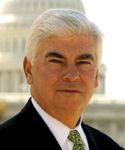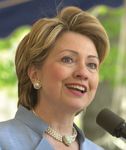Eye on Washington: Policy makers weigh changes in pediatric studies law
The incentive to run pediatric studies for drugs is expiring. Who benefits from such trials? And how can they be made better?
Legislation that encourages pharmaceutical companies to underwrite research on drug use in children requires Congressional reauthorization this year, opening the door to changes in the program. Research sponsors say the current incentives are working fine, and should be retained to encourage more studies. But generic drug makers and some health care providers are claiming that added exclusivity for big-selling brands are driving up the cost of medicines.
Under the Best Pharmaceuticals for Children Act (BPCA), the Food and Drug Administration (FDA) can request studies from pharmaceutical companies on the safety and effectiveness of medications in children. In exchange for the studies, which often generate new labeling on correct drug use in children, the program grants an added six months of exclusivity to manufacturers.
A March 2007 report generated by the Government Accountability Office (GAO) provides evidence of BPCA's positive impact. From 2002 to 2005, the legislation prompted the FDA to issue 214 written requests for pediatric studies, which led to 173 new studies. That research led to more than 50 exclusivity determinations, as well as a change in labeling for 87% of the studied drugs, including some for life-threatening conditions in children. Over the program's 10-year history, FDA requests have prompted some 800 studies that have resulted in labeling changes for more than 100 drugs, and much broad praise for the policy.

Sunsets and windfalls


This speaks to the prime issue of debate: whether the current six months of exclusivity provides a big windfall to marketers of blockbuster drugs. Patient advocates, generic drug makers, and some medical groups back reduced exclusivity to three months for products with sales over $1 billion, a proposal now before Congress.